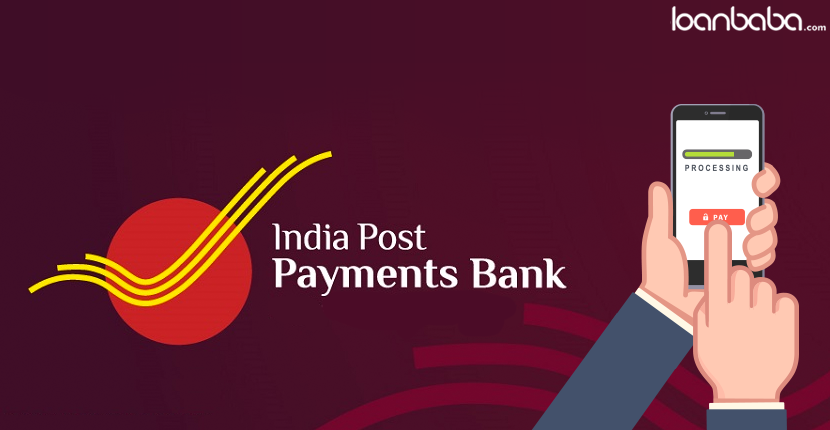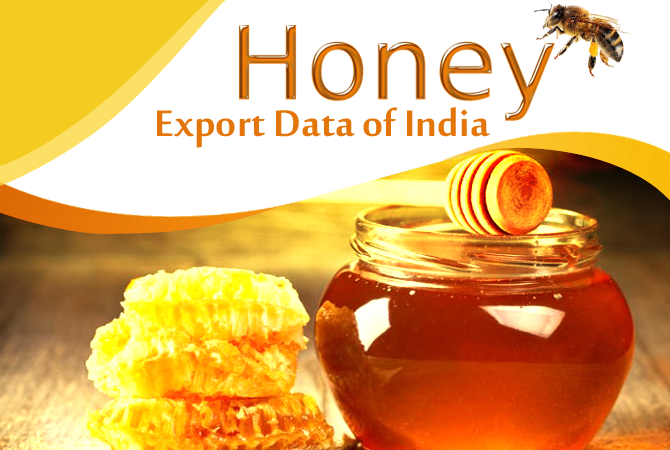The rich and affluent class is fueling the high value product market where as people at ‘bottom of pyramid’ create huge demand for low priced consumption market. Worldwide high-value high paying jobs and low value low-paying jobs are expanding while everything in middle is contracting.
Marketing is just not about selling a product or satisfying the need of customers. It is much more than that including innovation, value delivery, emotional satisfaction and spiritual fulfillment of customers need and psychology.
Over the span of seven decades, marketing has seen lot of transformation from product orientation to customer centricity and many strategy outcomes like Segmentation-Targeting-Positioning (STP), Product Life Cycle (PLC) and 4-Ps (Product, Price, Place, Promotion) were accepted universally. Similarly, 4Ps have been modified to extended ones (Process, People, Physical evidence) as well as to synonyms like 4 Cs (Customer solution, Cost, Convenience and Communication) and 4 As (Acceptability, Affordability, Accessibility, Awareness). The traditional marketing is gradually losing its relevance and is slowly moving towards the digital mode. The aggressive pace of internet access& emergence of faster, cheaper computing technologies makes this process simpler in a complex marketing world which is driven by digital as well as social media.
Digital marketing, simply means marketing through digital media and channels. In order to drive awareness and attract customers, Digital media plays a vital role. Netizens and other internet users have easy access to digital media platforms and they use it in giving as well as receiving feedback on user experience which is a key driver in purchase decision. Similarly, Marketers offer digital channels to its customers for ease of delivery at their door steps. The virtual market provides offerings to its customers so far as brand varieties, competitive pricing, attractive packaging and easy payment processing are concerned. Both marketers and customers are value sensitive in digital marketing. Many marketers are offering both physical-digital approach (both online and offline) also.
Marketing in digital world is something more than digital media and digital channels. Data plays a pivotal role in this new age of marketing. There are 2.5 quintillion bytes of data created each day at our current pace, and that pace will only accelerate with the growth of Internet of Things (IoT). Over the last two years alone 90% of the data in the world was generated. This data combined with the use of advanced technologies like Artificial Intelligence (AI),Natural Language Processing (NLP), Sensor technology and the Internet of Things (IoT) will be a game changer in future in taking marketing decisions in digital world. These technologies can be useful in reading the right target audience and can recommend strategies – be it descriptive, prescriptive or predictive. The recent Covid-19 pandemic has further accelerated the pace of digitalization of business and both Production and Marketing have touched the fifth generation of their evolution.
Marketing Challenges in digital world:
Phillip Kotler, et all in their book “Marketing 5.0” explained three major challenges to modern marketing as generation gap, prosperity polarization and the digital divide.
Interestingly, people from all five generations Baby boomers, Generation X, Y, Z and Generation Alpha are living together in the world now with contrasting attitude, preference and behaviour. The Marketing evolution has happened with these generation cohorts from product centric to customer centric to human centric to digital and finally now to technology for humanity. In the present context, baby boomers are now in their sixties occupying leading positions and have high income and aspirations. The two youngest generations Z and Alpha are catalysts for expanding digital world supported by their immediate predecessor Generation Y and X.
The rich and affluent class is fueling the high value product market where as people at ‘bottom of pyramid’ create huge demand for low priced consumption market. Worldwide high-value high paying jobs and low value low-paying jobs are expanding while everything in middle is contracting. Similarly, polarization of ideologies (free trade vs protectionism) and polarization of life styles (minimalism vs consumerism) is dividing the consumers to new marketing segments. Finally, polarization of markets to premium, luxury and low-priced markets are created on the basis of value provided by marketers. The wide gap between the top and bottom socio-economic classes forces the marketers to go for inclusive and sustainable marketing practices (human centricity) like ethical business, high productivity, hygiene products, involving customers as co-creators etc.
The gradual transformation of traditional market to virtual market creates digital divide which forces marketers to adopt new strategies and technologies to cope with the change. As estimated, it will take another decade for 90 percent penetration of internet users and therefore digital divide still persists. On one side there are ill effects like loss of jobs, privacy and security concerns and life style &behavioral effects.On the other side there are tremendous possibilities for wealth creation, smart living and sustainable or social inclusivity.
Marketing Strategies in Digital world:
The technologies which will play crucial role in next decade (next tech) include computing power, open-source software, internet speed, cloud computing, mobile devices and big data. Human capabilities can be mimics by machines. When we reimagine business with next tech, we see machines can be trained to perform like human capabilities. By using related technologies as given below, we can replicate human capabilities which will empower next generation marketing.
Thinking: Artificial Intelligence
Being an early adopter, Amazon is using AI in almost everything it does. From predicting the number of customers willing to buy a new product to customizing recommendations to customers. Today, Amazon’s recommendation engine is driving 35% of its total sales.
Communicating: Natural Language Processing
NLP is a branch of AI that enables computers to extract meaning from written or spoken human language. It is what enables virtual assistants such as Apple’s Siri & Amazon’s Alexa to play a song of your choice or book a cab for you via just voice command.
Sensing: Sensor technology
Smart sensors are pivotal to modern technology – from object-detecting driver assistance systems to smart wearable devices for health monitoring. Sensor technology has enabled paradigm shifts in the tech space and is also the foundation for IoT.
Moving: Robotics
There is a world of speculation what robotics could have in store for us in future. Will we have in-home ‘care-bots’ to take care of our household chores? Will there be robotic chefs who buy and make our meals? Will our personal avatars go out and shop for us? Definitely some food for thought.
Imagining: Mixed reality
MR brings together real world and digital elements. In mixed reality, you interact with and manipulate both physical and virtual items & environments, using next generation sensing and imaging technologies.
Connecting: IoT and Block Chain
The Internet of Things (IoT) is a network of physical objects embedded with sensors, software and other technologies for the purpose of connecting and exchanging data with other devices and systems over the internet. Industrial IoT is transforming manufacturing by improving asset uptime & utilization, reducing risk of human error/injury and even control of entire remote industrial operations such as oil rigs.
Summary
Segmenting (Demographic, Geographic, Psychographic and Behavioral) and profiling customers is a common process forany marketer. But the access to big data opens up new possibilities for more customized and tailor-made segmentation and profiling. Micro segmentation and profiling on multiple parameters are also easy because of the data ecosystem. The data ecosystem willalso enable the marketers to go for predictive analysis and for designing appropriate marketing programmes. Real time analytics avoids long term marketing strategy and promotes concurrent innovation and experimentation. It also enables marketers to deliver personalized and contextual marketing to every individual customer at the point of sale.
Access to data is no more a problem for business. But analysing data and arriving at real time decision with minimal or no error is challenging. Using various technological interventions one can analyse big data to arrive at accurate and best possible solution. Predicting future sale or profit or customer reaction will pave way for designing marketing program. Data analytics will be an exciting area in near future which will take over the conventional way of decision making.
 Indian Industry Plus A Pratisrutiplus Suppliment
Indian Industry Plus A Pratisrutiplus Suppliment


















